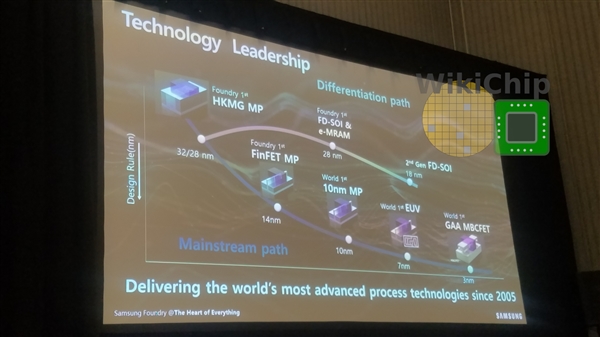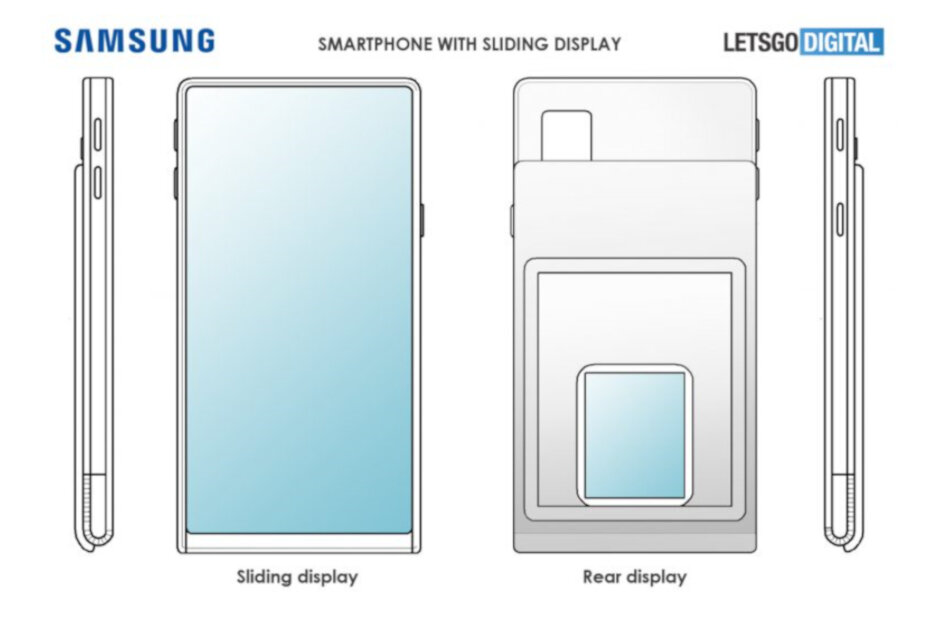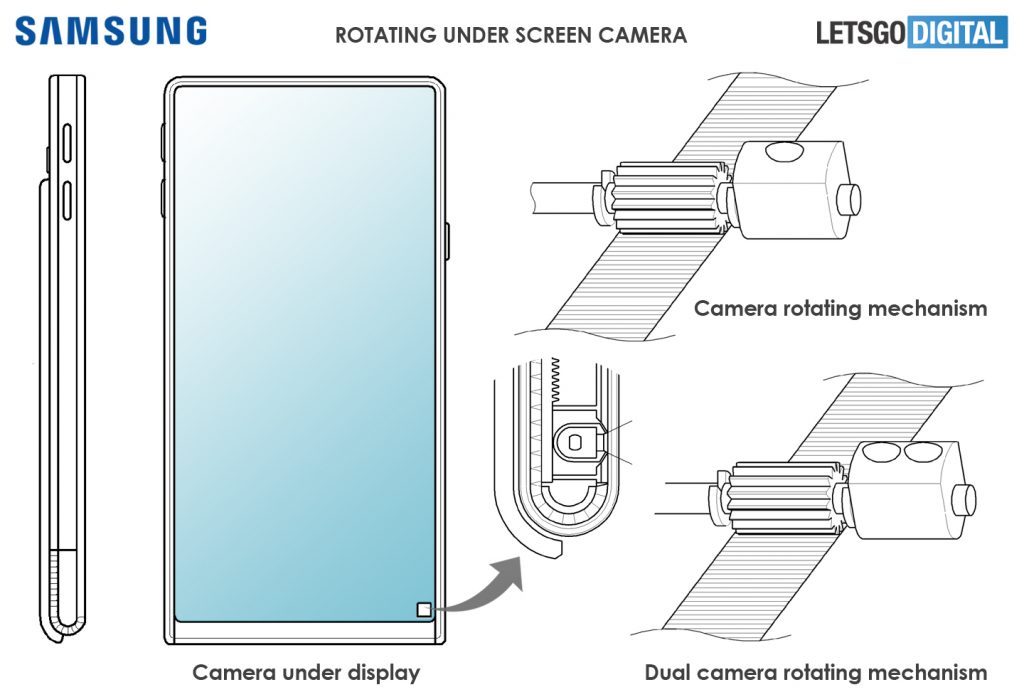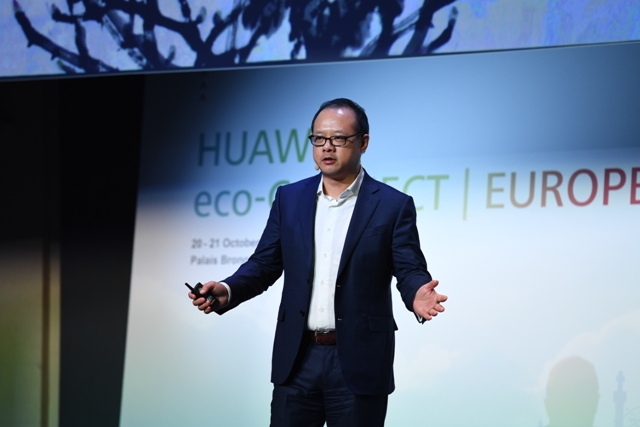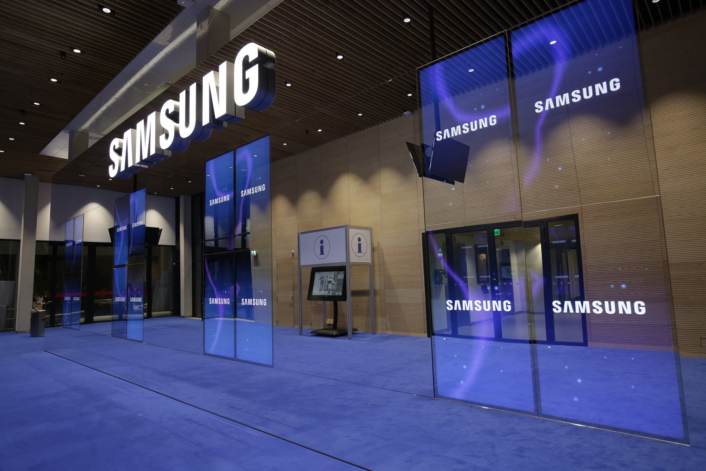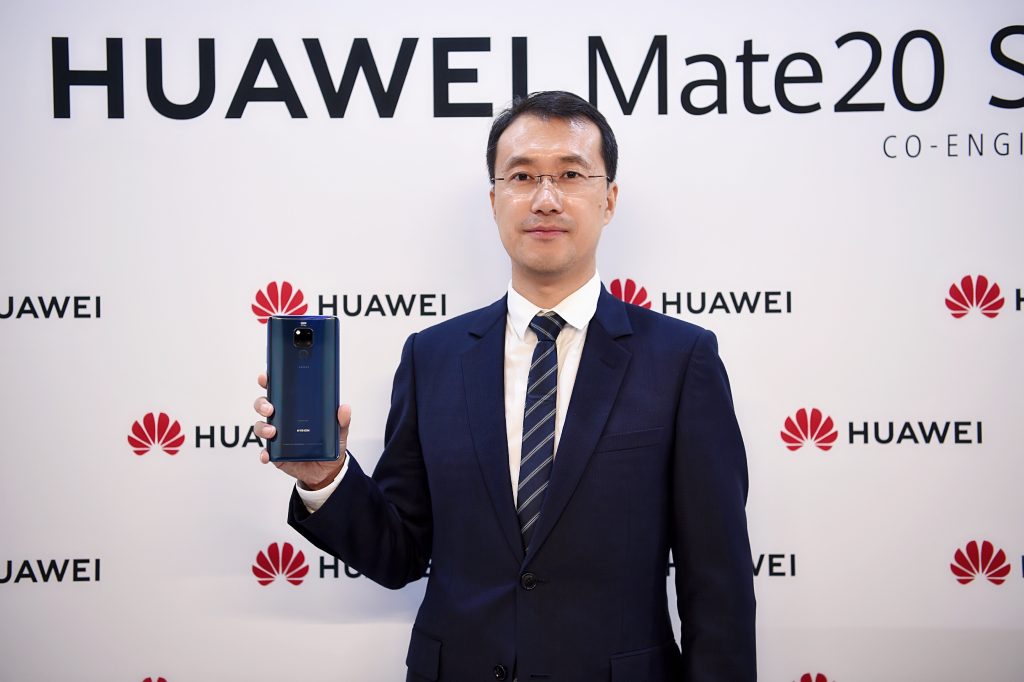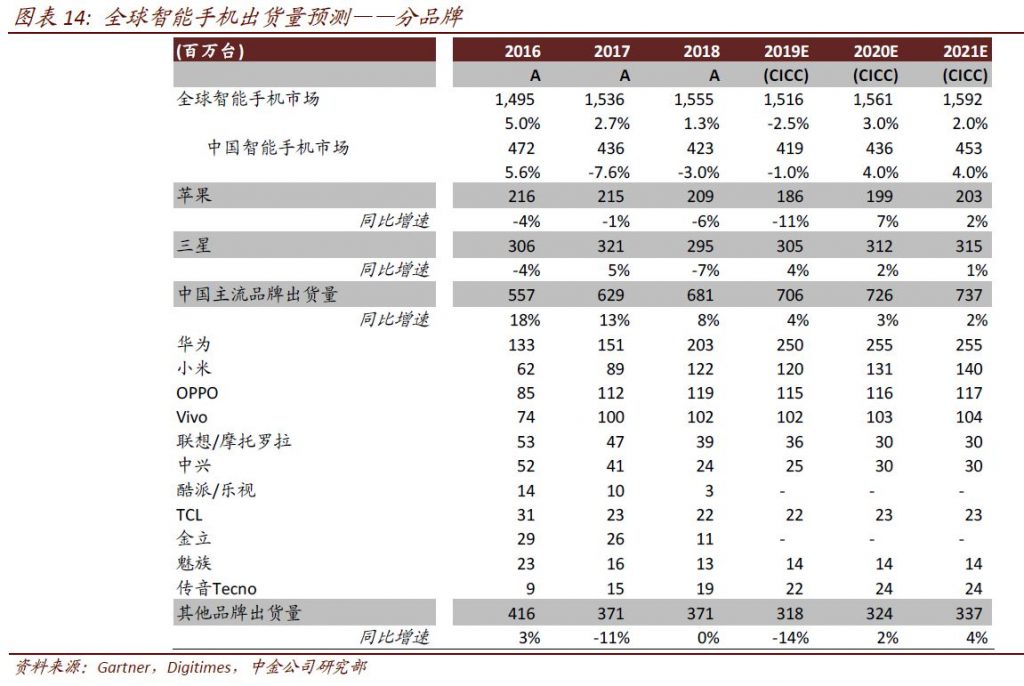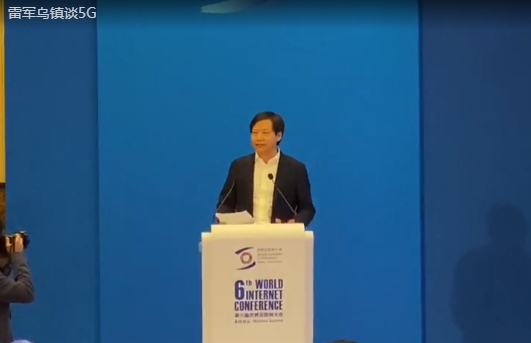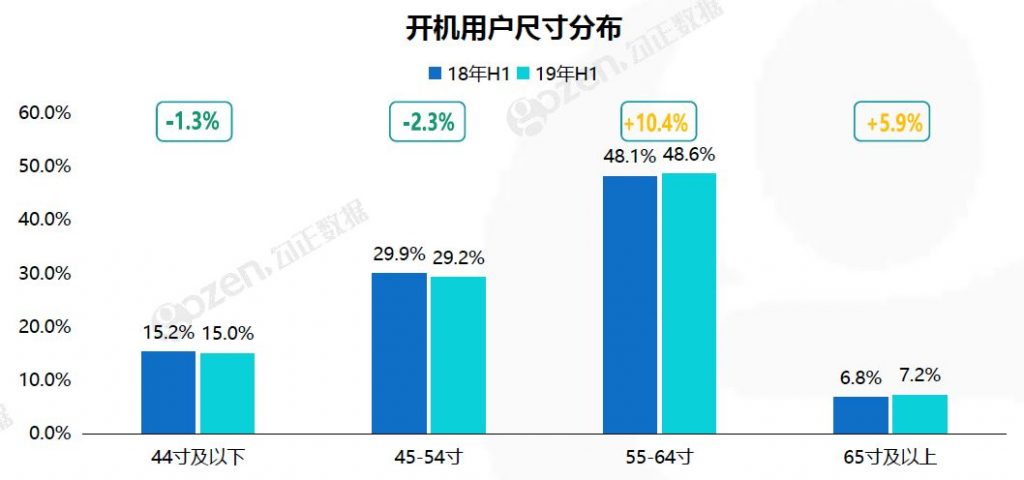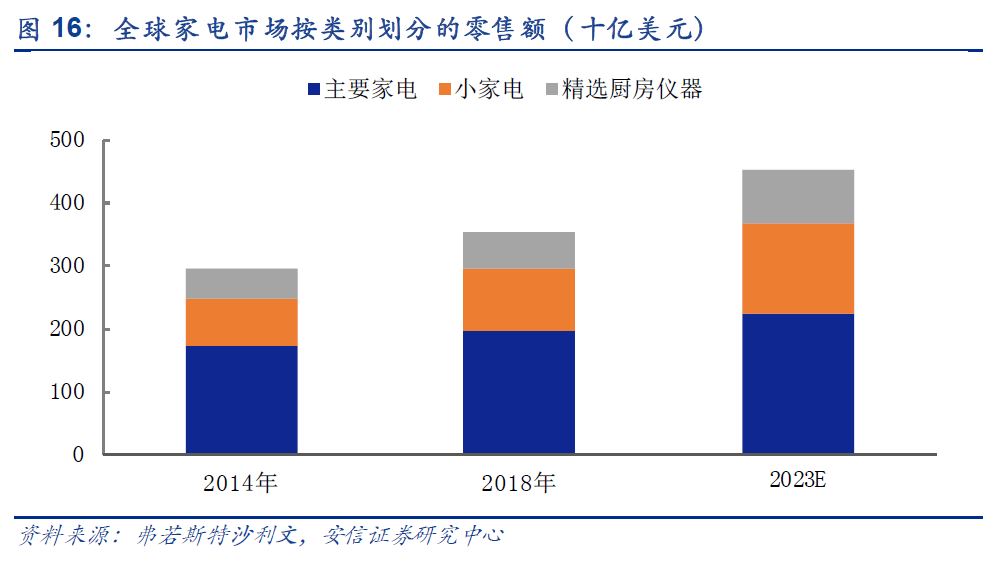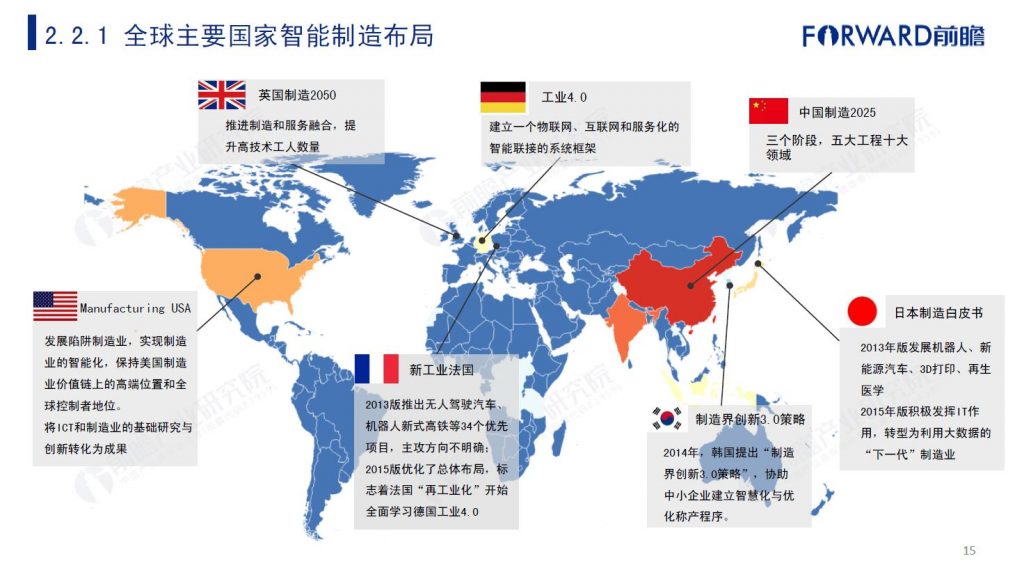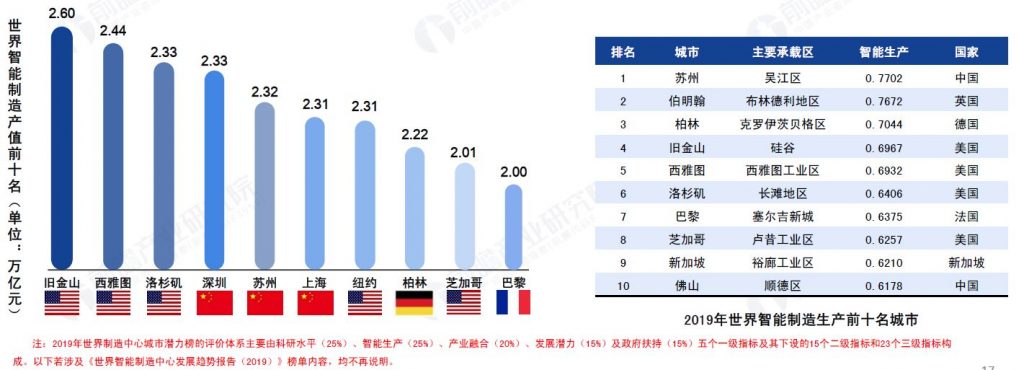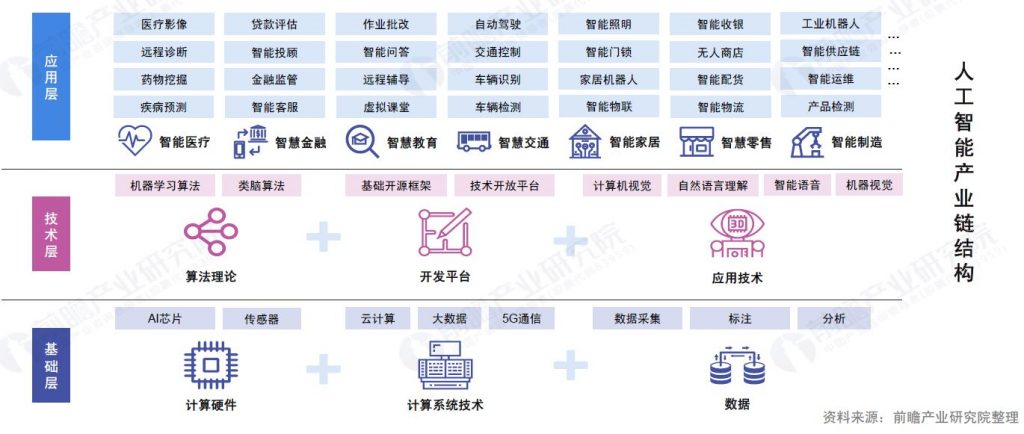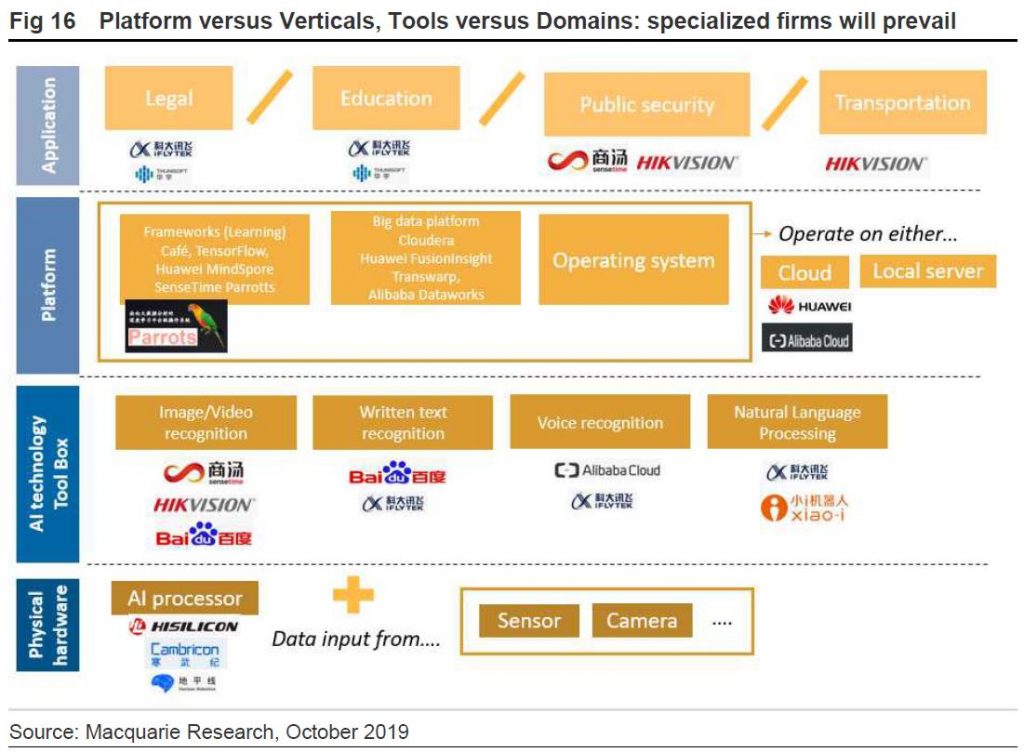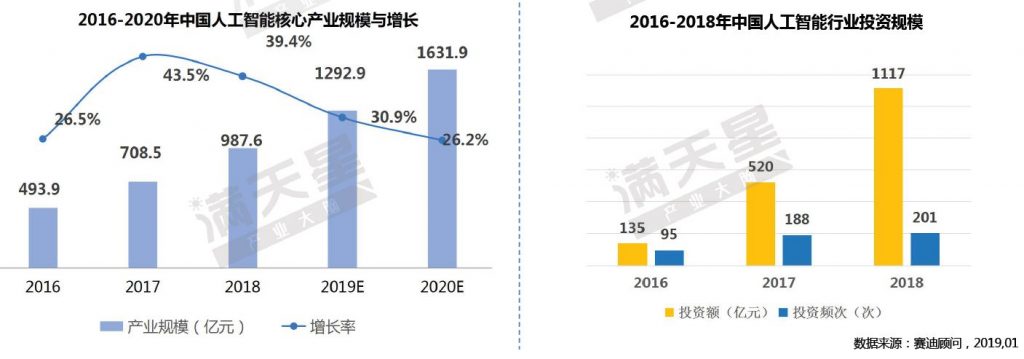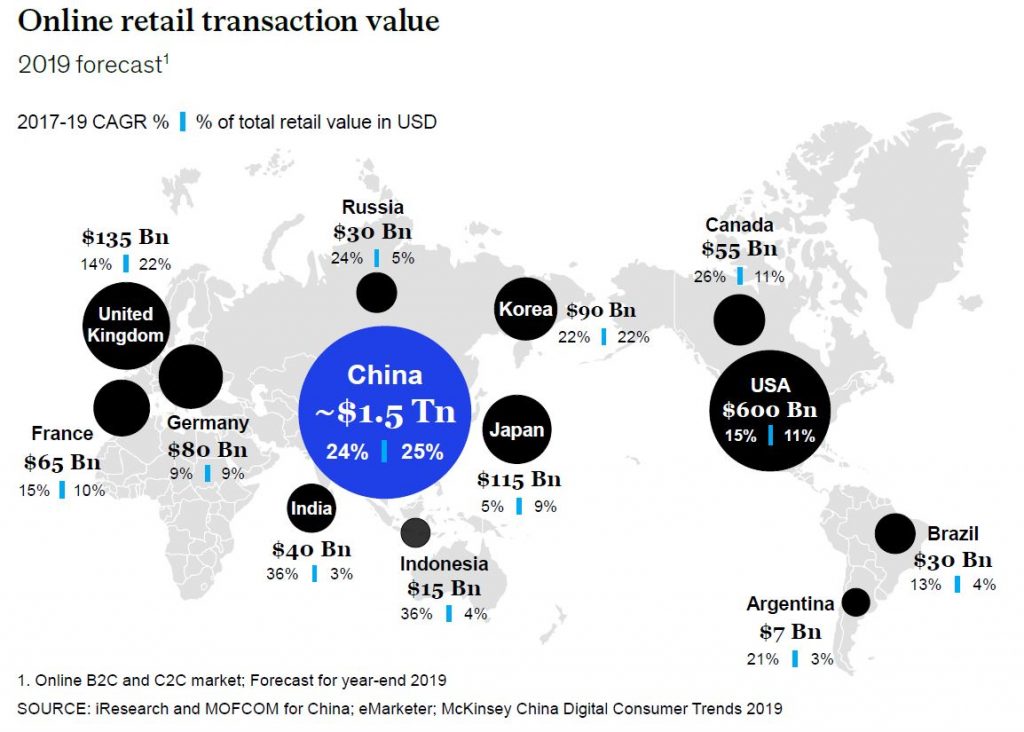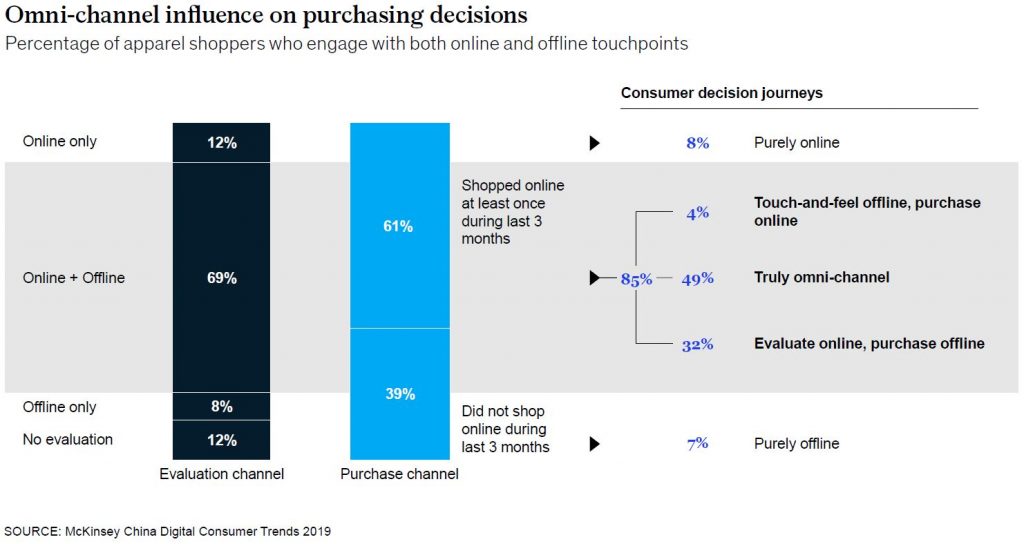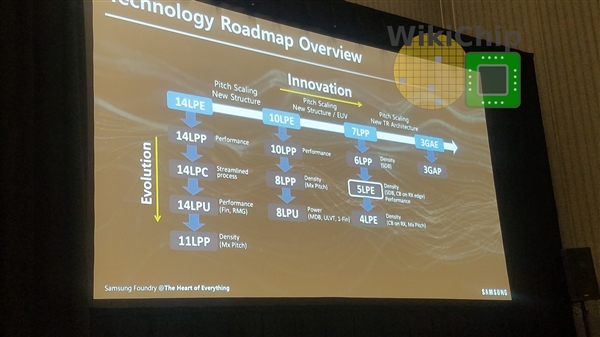
10-20: Huawei is allegedly in early-stage talks with some U.S. telecoms companies about licensing its 5G network technology to them; Xiaomi founder Lei Jun has indicated that the company has planned more than 10 models of 5G phones in 2020; etc.
Chipsets
According to Ping An Securities, the top 5 global semiconductor equipment list in 2018 includes Applied Materials, Tokyo Electron, Lahm Research, ASML and KLA Semiconductor. In addition to ASML, each company’s product line is relatively rich, and the top 3 companies revenues are more than USD10B. Currently, the global semiconductor equipment market is mainly monopolized by American, Japanese and Dutch companies. (Pingan Securities report)
Looking back at the 2018 financial data, TSMC is the leader in the industry, both in terms of revenue scale, profitability, R&D investment and capital expenditure. Compared with global IDM giants, TSMC In terms of revenue scale, there is still a certain distance from Samsung and Intel. It is in the same tier with Micron and SK Hynix. From the market value, as of 11 Oct 2019, the market value of TSMC has reached USD256.3B, same tier as Samsung and Intel. (CICC report)
Samsung has indicated that after Extreme Ultraviolet Lithography (EUV), they will start the multi-bridge channel FET (GAA MCFET) process at the 3nm node. Due to the limitations of the FinFET, it is expected to be replaced after the 5nm node. In fact, Samsung’s 5nm is only an improvement of 7nm LPP, can be regarded as the second generation of EUV. The 7nm LPP has three iterative versions backwards, namely 6nm LPP, 5nm LPE and 4nm LPE. (Laoyaoba, CN Beta, My Drivers)
In early 2019, Intel announced an increase of USD1B in investment for the expansion of the Oregon, Israel, and US-based Oregon fabs. The lack of capacity at 14nm is easing. In 3Q19, Intel’s 14nm capacity will increase by as much as 25%. In 2019, Intel finally produced a 10nm process, but the capacity is still not comparable to 14nm. In 2020, it will be 14nm. In 1Q20, Intel will launch an upgraded version of the Gemini Lake Refresh processor. It is 14nm and is mainly used in Chromebooks and low-end notebooks. In 2Q20, Intel will launch the second generation 10nm processor Tiger Lake. (CN Beta, My Drivers, Extreme Tech, Tweak Town)
Touch Display
Samsung’s patent titled “Electronic Device including flexible display” details a phone sporting a sliding, retractable display with an upper bezel that has completely disappeared. The result is a handset that is nearly all screen in the front except for a thin metal frame at the bottom where the display retracts up and down from. (Phone Arena, LetsGoDigital, CN Beta)
Camera
Samsung’s patent titled “Electronic Device including flexible display” describes an under-display camera that rotates when the screen is rolled out. The selfie camera is located in the lower half of the device. In the back of the phone, a so-called ‘through-hole’ will allow the lens to capture photos even when the screen is retracted. (Phone Arena, LetsGoDigital, CN Beta)
Biometrics
For allegedly misusing users’ facial recognition data in Illinois, the US court has reportedly said that Facebook will have to face a class-action suit, which could cost it up to USD35B. Facebook has been trying to avoid the lawsuit for a few years now. (CN Beta, TechCrunch, First Post, Sina, Tencent)
Connectivity
Huawei is allegedly in early-stage talks with some U.S. telecoms companies about licensing its 5G network technology to them. Vincent Pang, senior vice president and board director at the company said some firms had expressed interest in both a long-term deal or a one-off transfer, declining to name or quantify the companies. (Phone Arena, Reuters, Forbes, VOA Chinese, Sina)
Phone
HTC is bringing out a cheaper version of its blockchain-friendly smartphone, namely HTC Exodus 1s. According to HTC’s Phil Chen, is that it comes packed with cryptocurrency-related features that will let users exchange, lend and borrow digital assets. He has added that the first phone met the firm’s own sales targets. (CN Beta, Forbes, Engadget, CNBC)
Samsung has opened its first flagship experience store in Shanghai, China. This is Samsung’s largest flagship experience store in Asia, covering an area of nearly 1,000m2. (GizChina, My Drivers)
Gang He, president of Huawei smartphones, has revealed that in the future Huawei’s strategy is to open up the flagship device and gradually choose the right time to get more support from the nova series, so that more consumers can enjoy high-quality products. (CN Beta, My Drivers)
According to the data compiled by CICC, the shipment of smartphones is expected to reach 1.51B units in 2019, down 2.5% from 2018. CICC believes that smartphone shipments will pick up in 2020, more than 1.56B units, because 5G networks are beginning to flourish. (CICC report)
Xiaomi founder Lei Jun has indicated that the company has planned more than 10 models of 5G phones in 2020, covering mid-range and high-end segments. He particularly hopes that operators and companies in the industry chains can accelerate the speed of 5G deployment. (My Drivers, CN Beta)
Home
According to Gozen, as of 1H19, the activation number of China domestic smart TV brands has exceeded 120M units, followed by the activation of foreign brands of 32M and the Internet brand of nearly 29M. In the trend of smart TV brand share, the penetration of Internet brands has increased year by year, and the share of 1H19 has increased by 2% year-on-year to 14.2%. (Gozen report)
According to Gozen Data, the sizes of smart TV are increasing with higher penetration rate. In 1H19, 55”-64” and 65” smart TVs have increased 10.4% and 5.9% on year in 1H19, respectively. (Gozen Data report)
According to Essence Securities, compared with the main home appliance market, the small home appliance market has experienced rapid growth, mainly due to impulsive consumption and lower prices, and the continuous purchase of new home appliances has a higher frequency of purchase. Among them, the United States and China are the two largest markets that dominate the global small household appliance industry. According to the retail sales in 2018, they account for 25.5% and 24.1% of the global market respectively. (Essence Securities report)
Robotics
Forward has listed the smart manufacture strategy and development of the main countries. Among the top ten cities in the world for smart manufacturing and intelligent production, Suzhou in China ranks first with 0.7702 points; in this ranking, Asia has a good performance with 3 cities on the list. Judging from the value of smart manufacturing, San Francisco, Seattle, and Los Angeles in the United States ranked the top three with CNY2.60T, CNY2.44T, and CNY2.33T, respectively. (Forward report)
Artificial Intelligence
The artificial intelligence (AI) industry chain consists of 3 layers: base layer, technology layer, and application layer. The basic layer is the foundation of the AI industry, mainly hardware and software, such as AI chips, data resources, cloud computing platforms, etc., providing data and computing support for AI; the technical layer is the core of the AI industry, simulating human’s intelligence-related features as a starting point, constructing a technical path; the application layer is an extension of the AI industry, integrating one or more types of AI basic application technologies to form software and hardware products or solutions. (Forward report)
According to Macquarie Research, the Chinese government estimates the 2020 AI core industry market size will exceed CNY150B, with AI-related industry market to exceed CNY1T; by 2025, the AI core industry market could exceed CNY400B and the AI-related industry market above CNY5T. (Macquarie Research report)
According to CCID’s data, in 2018, the scale of China’s artificial intelligence (AI) core industry is close to CNY100B. It is estimated that in 2020, China’s AI core industry will exceed CNY160B, a year-on-year growth rate of 26.2%. The investment in the AI industry is still high. The total investment in the field in 2018 is CNY111.7B. The total number of investment in the AI field is 201. The single investment has increased rapidly, doubling over the years. (CCID report)
E-Commerce
According to McKinsey, China’s rise as a global leader in ecommerce has been nothing less than stunning. In 2019, online retail sales are expected to swell to USD1.5T, representing a quarter of China’s total retail sales volume, and more than the retail sales of the ten next largest markets in the world – combined. China’s 855M digital consumers – among some of the most avid users of mobile phones and social media in the world – represent one of the biggest prizes for global marketers. (McKinsey Digital report, McKinsey Digital report)
While overall sales in physical retail channels carrying multiple brands like department stores continued to lose share to online channels, mono-brand stores in China enjoyed a sizable uptick in sales, rising from just 2% year-on-year growth in 2016 to 8.3% in 2017. Meanwhile, consumers continue to blur the boundaries between online and physical channels. For apparel, China’s largest e-commerce category, 85% of shoppers now engage with both online and offline touchpoints, rising from 80% in 2017. (McKinsey Digital report, McKinsey Digital report)

